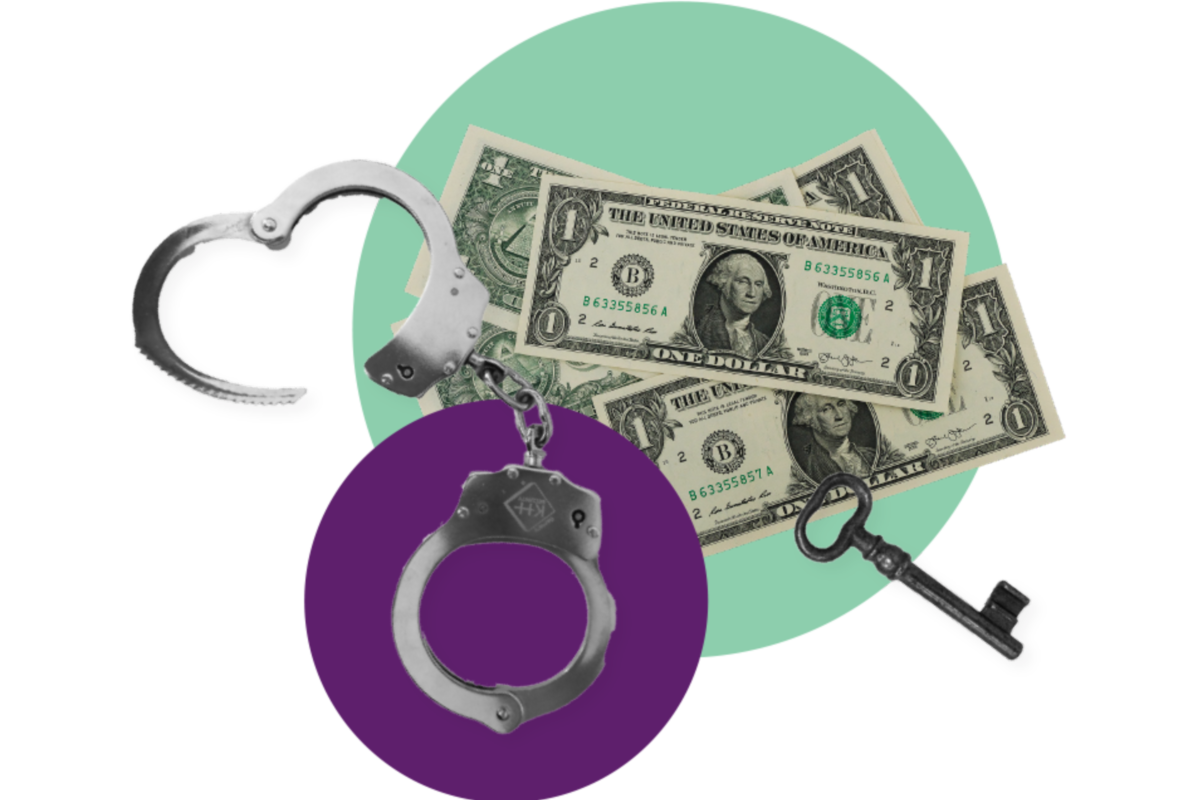
A new study found no significant relationship between bail reform and crime rates. The study debunks the notion that bail reform led to the mid-pandemic spike in violent crime. The report, published by the Brennan Center, analyzed monthly crime data from 2015 through 2022. It included 22 cities that adopted bail reform and 11 cities that did not. Researchers looked at all major offenses across jurisdictions and then at specific types of crime.
The study also examined the impact of reforms according to whether they were implemented through legislation, court order, or changes in prosecutorial policy. Finally, the study focuses on cities where research shows reforms had large effects on how and when bail was set.
BACKGROUND
More than a dozen jurisdictions across the country have curtailed the use of money bail over the past decade. But after violent crime rose sharply in the first year of the Covid-19 pandemic, many politicians, police leaders, and pundits were quick to blame bail reform. Claims that bail reform undermines public safety ultimately led to a series of rollbacks. This study tested those claims.
“Ultimately this report finds no statistically significant relationship between bail reform and crime rates. In other words, there is no reason to believe that bail reform has led to increased crime. This holds true even when focusing on major policy changes that have drawn public scrutiny, like those in New York and New Jersey.” ~Bail Reform & Public Policy Study
Even after testing different types of reform, researchers still found no evidence to support a connection between bail reform and the uptick in crime since the pandemic.
In 2020, homicides surged 29 percent for the biggest one-year jump in FBI records. While some pointed the finger at bail reform, some experts suggested the massive disruption of the pandemic, gun violence, worries about the economy and intense stress were to blame. Fortunately, violent crime has been decreasing since 2022. FBI statistics released in June showed violent crime dropped considerably in the first few months of this year.
My opinion? The study’s findings add to a growing body of literature showing that bail reform is an unlikely explanation for recent trends in crime, whether increases or decreases. And they suggest that policymakers’ recent focus on weakening bail reforms as a response to crime has been misguided — and a distraction from smarter and more promising ways to enhance public safety.
Please review my Making Bail legal guide and contact my office if you, a friend or family member are charged with a crime. Hiring an effective and competent defense attorney is the first and best step toward justice.















